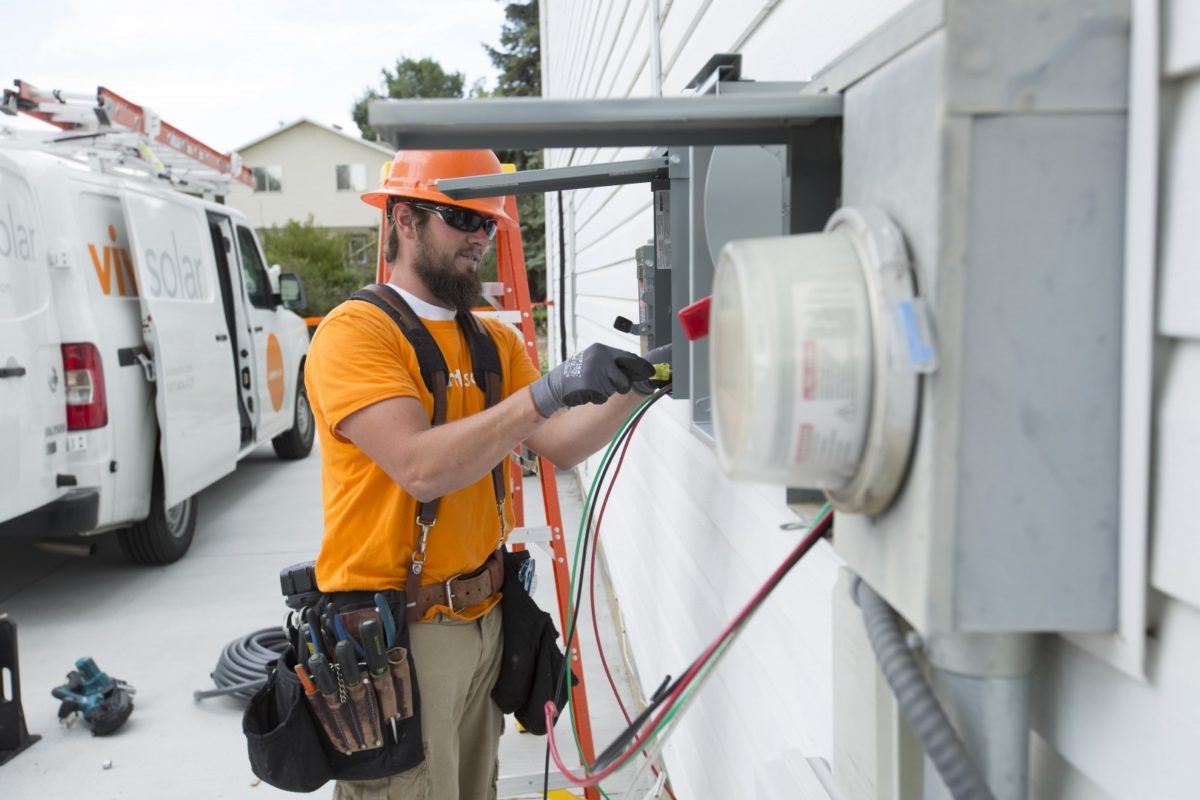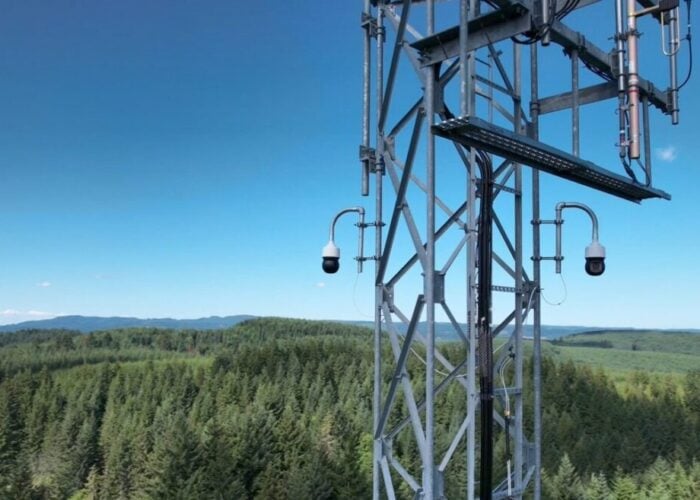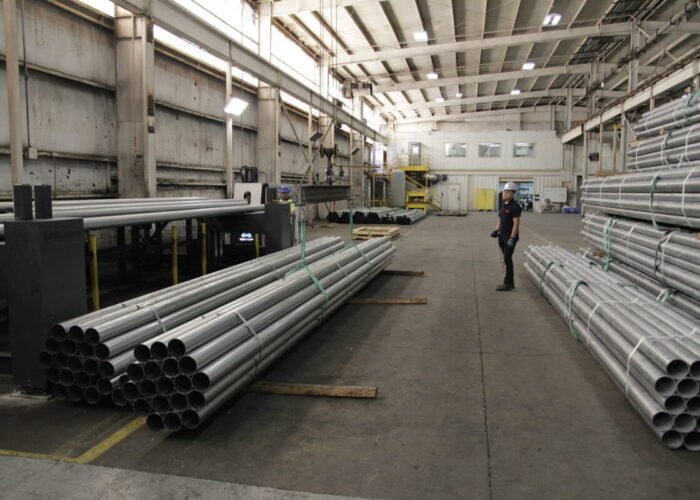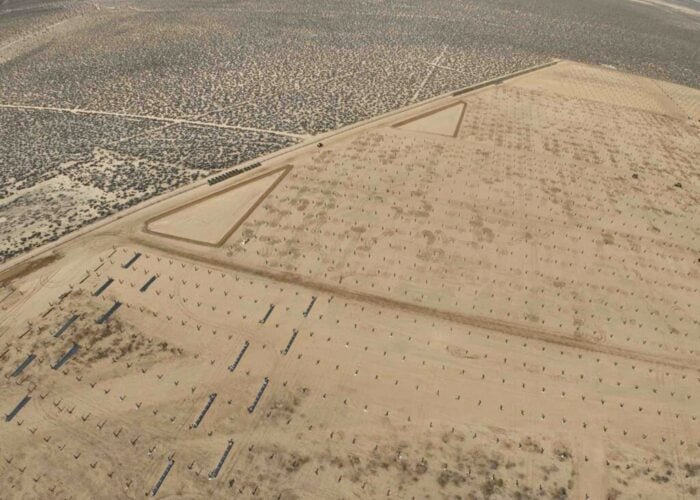
US large-scale solar deployment stayed resilient throughout a pandemic-stricken Q2, but rooftop solar installs collapsed by nearly one-quarter as shelter-in-place orders dented activity.
New statistics released within the US Solar Market Insight report for Q3 2020, produced by the Solar Energy Industries Association (SEIA) and research firm Wood Mackenzie, reveal that around 3.5GW of new solar capacity was added between April and June.
Try Premium for just $1
- Full premium access for the first month at only $1
- Converts to an annual rate after 30 days unless cancelled
- Cancel anytime during the trial period
Premium Benefits
- Expert industry analysis and interviews
- Digital access to PV Tech Power journal
- Exclusive event discounts
Or get the full Premium subscription right away
Or continue reading this article for free
That constitutes a 6% drop on deployment recorded in Q1 2020, which the report attributes to a significant (23%) sequential decline in the US residential solar segment. Restrictions and shelter-in-place orders, issued across the US to curb the pandemic, impacted activity in the residential solar market which has already been borne out in company results.
Having witnessed a record of 800MW of residential solar systems installed in Q1 2020, this fell to 617MW in Q2 2020 breaking a streak of four consecutive quarters of consecutive growth and producing the lowest figure for deployment since Q1 2019.
The impact of COVID-related shutdowns, while not limited to specific states, hit certain areas harder than others, with the Northeast US and California particularly hard hit. Some states, the report reveals, witnessed declines of up to 75% in residential solar installations.
“States with more restrictive stay-at-home orders saw significant declines in quarterly solar additions, whereas states with less restrictive stay-at-home directives – such as Arizona and Texas – saw marginal if any decline in quarterly installations,” Austin Perea, senior analyst at Wood Mackenzie, said.
But there were reasons for optimism outside of the residential sector. Around 2.5GWdc of utility-scale solar was installed in the US in the second quarter, representing 71% of total solar installs in the country. The report notes that the large-scale segment had seen “minimal” construction constraints related to the pandemic, something which Abigail Ross Hopper, CEO and president at SEIA, said underscored the “resilience of the solar industry”.
This was perhaps also seen in new power purchase agreement activity, with around new contracts totalling 8.7GWdc of new capacity announced in Q2 2020. This took the total contracted pipeline of solar in the US to 62GWdc, a new record.
The report states that solar PV accounted for more than a third (37%) of new power generation capacity energised in the US throughout H1 2020, with Texas and Florida in particular adding more than 900MW each of distributed and utility-scale solar in Q2 alone.
As a result, Wood Mackenzie now expects around 18GW of new solar installations to be complete in 2020. While this is representative of 37% growth on deployment last year, it remains 6% down on forecasts issued prior to the pandemic’s onset. Furthermore, the report forecasts that between 2021 and 2025 nearly 100GW of solar PV will be installed, with battery storage playing an increasingly prominent role. By 2025, one-fifth of utility-scale solar, one-third of new residential solar and around 25% of new C&I solar systems will be paired with some form of energy storage solution, the report states.
But there remains work to do for the solar sector to realise its potential in the US. Employment remains a problem, with tens of thousands of solar workers having either lost their jobs or placed on furlough. As other research has indicated as well, the return to work in recent months has slowed to a trickle.
“Tens of thousands of our workers have been laid off or furloughed amid this crisis, and SEIA remains firm in our commitment to fight for equitable policy that allows the solar industry to compete and grow our workforce,” Ross Hopper said.






